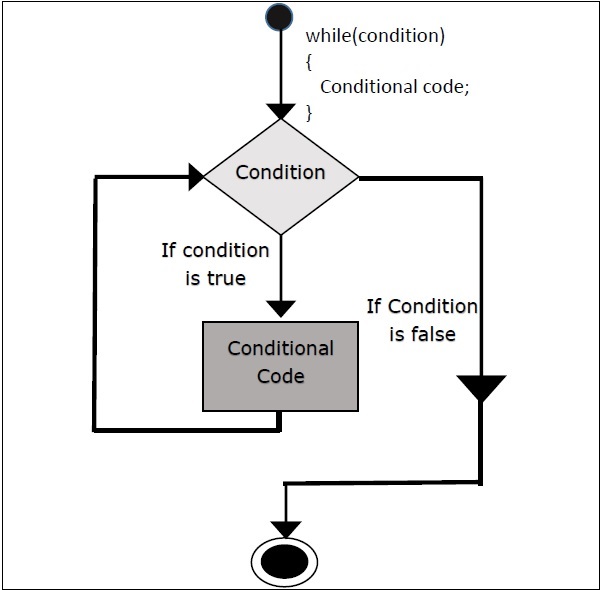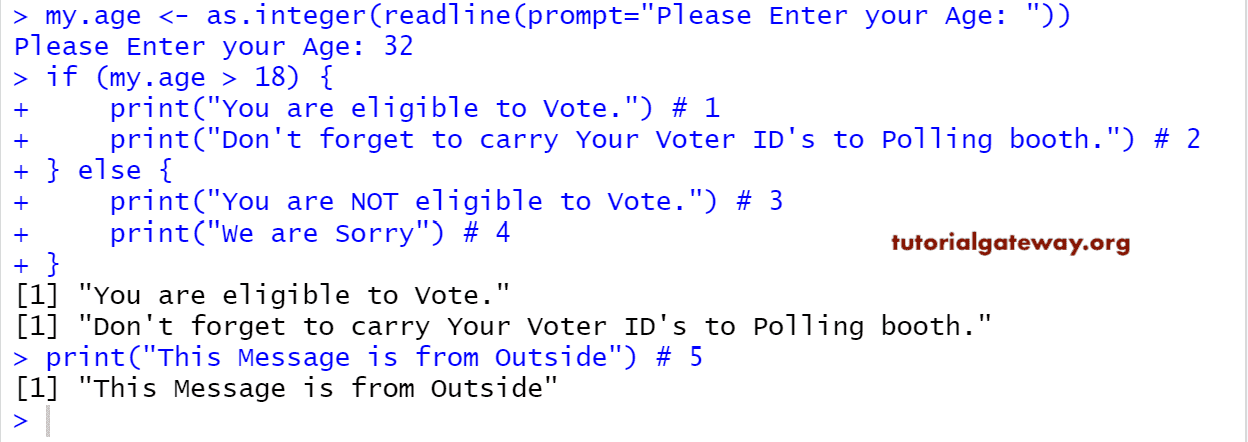

Signals an error by terminating evaluation of the current function, printing the character string in message, and returning to the > prompt.Įvaluates condition. Terminates the current function and returns the value of expression. Terminates the current iteration of the loop and immediately starts the next iteration of a for, while or repeat loop. Terminates the current loop and passes control out of the loop. An alternative to multiple if/else statements. Matches expression (a character or numeric value) to the remaining arguments and then executes the associated instruction(s). Evaluates condition and returns elements of expression1 for true and elements of expression2 for false. Ifelse(condition, expression1, expression2) True evaluates expr1 False, evaluates expr2. If true, evaluates expression.Įvaluates condition. The following table summarizes constructions that support overriding and managing the normal flow of control: ConstructionĮvaluates condition. The functions sapply() and lapply() are used with vectors and lists respectively. tapply() is well suited for factors and jagged arrays (where the dimensions of each element matrix vary). The functions apply(), tapply(), sapply(), and lapply() are core functions in base R and offer ways around loops. The elapsed time of the vectorized calculation is so fast (just over 1/10 th of 1 second), it could repeat 278 times during one pass of the for() loop. Because of this, the repeat() function expression must include an exit, typically using either a break() or return() statement. It performs no tests, but simply repeats a given expression indefinitely. The repeat() statement is the simplest looping construction in R. More traditional functions for iteration in R are described below.

R supports the following vectorized looping functions: apply(), lapply(), tapply(), sapply() and by(). Thus, iteration consumes time and memory.

Every time a large data set enters an iteration loop, a copy of the data is saved to disk. Iteration, or traditional looping, is a brute force approach to data management that is effective, but costly. The use of iteration in R is common, but should be avoided whenever possible given vectorized methods that often achieve the same goal. The condition 7 < 6 will give FALSE and the while loop finally exits.Iteration is core to many calculations. This will continue till i takes the value 7. In the next iteration, the value of i is 2 and the loop continues. Failing to do so will result into an infinite loop. Incrementing i is important as this will eventually meet the exit condition. So, the body of the loop is entered and i*i is printed and incremented. Here, the test_expression is i <= 6 which evaluates to TRUE since 1 is less than 6. In the above example, i is initially initialized to 1. In this example we used simple while loop in R, to compute the square of numbers till 6. This is repeated until condition evaluates to FALSE, once the condition holds FALSE, the while loop is exited. The statements inside the loop are executed and the flow returns to evaluate the condition again.First the condition is evaluated and only when it holds TRUE, While loop enters the body.


 0 kommentar(er)
0 kommentar(er)
